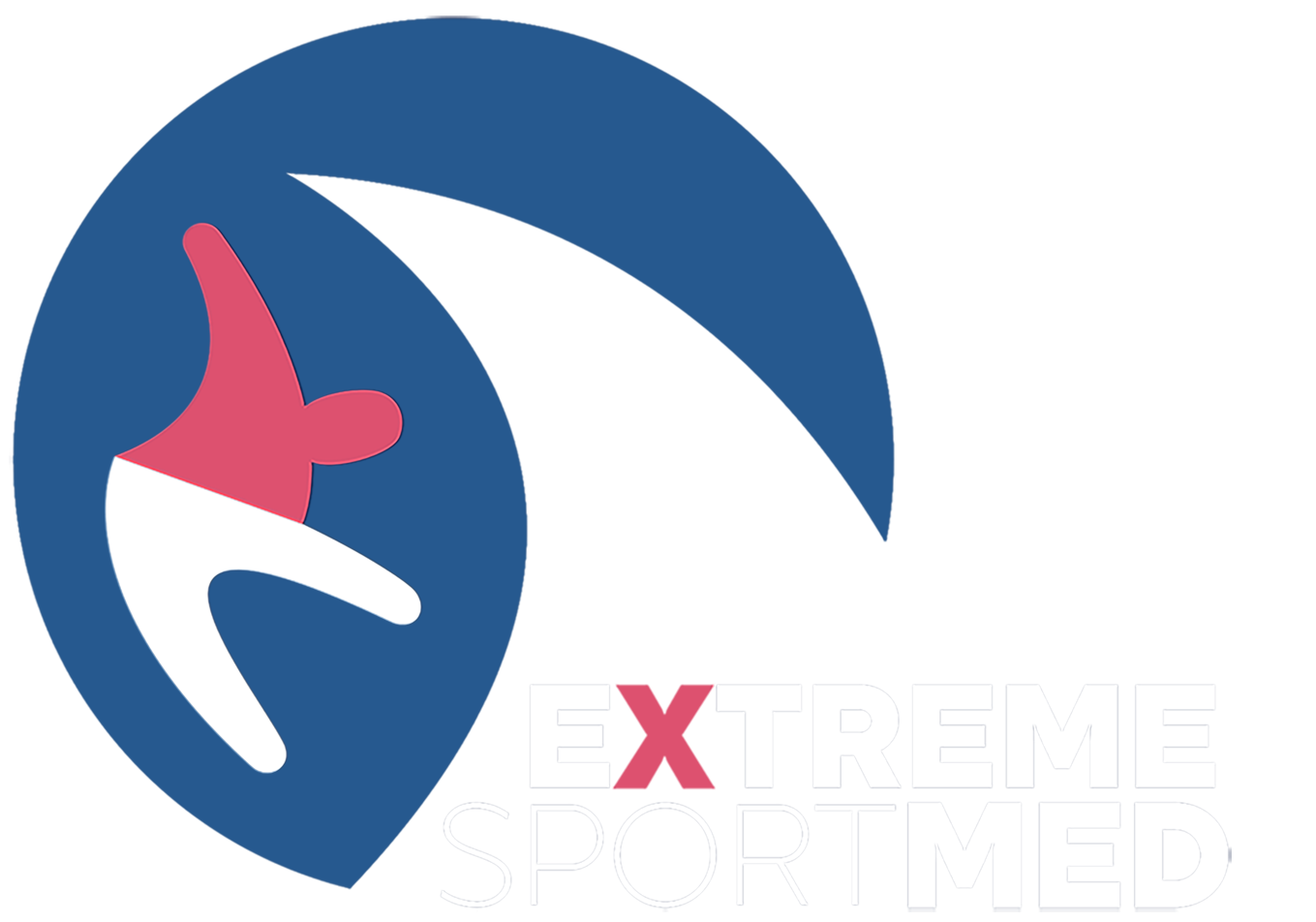M. Tarabini1, N. Mauri2, I. Gaudio2, S. Cinquemani1, A. P. Moorhead1, R. Bongiovanni3, F. Feletti4,5
1 Department of Mechanical Engineering, Politecnico di Milano University, Milan, Italy
2 School of Mechanical Engineering, Politecnico di Milano University, Milan, Italy
3 KITE s.r.l Centre Engineer, Mandello del Lario, Lecco, Italy
4 Department of Diagnostic Imaging, Ausl Romagna, S. Maria delle Croci Hospital, Ravenna, Italy
5 Department of Electronics Information and Bioengineering, Politecnico di Milano University, Milan, Italy
SUMMARY
Objective. This study focused on the quantification of vibration which reaches the hands of motocross riders and on the reduction of such vibration thanks to the handlebar and handlebar mounts.
Background. Vibration transmitted through the hand and arm can lead to vascular and musculo- skeletal problems that are well documented in the scientific literature. Controlled studies identi- fying plate-handlebar characteristics effects on the vibration attenuation in motocross are lacking. Methods. We measured the vibration exposure of professional and recreational motocross riders on a motocross track and replicated the vibration patterns on a LDS V930 shaker in the laboratory, to analyze the effectiveness of various components in reducing the rider vibration exposure. Labo- ratory tests were performed with ten subjects randomly gripping different combinations of handle- bars and steering plates, and questionnaires were used to evaluate the comfort. Objective measure- ments of vibration reduction were then compared to the subjective values of perceived comfort. Results. According to the current EU legislation, the measured vibration levels reach the expo- sure limit in less than 1h. The mechanical characteristics of the handlebars and steering plates have a limited effect on the vibration transmitted to the rider’s hands. The rubber elements that many manufacturers use to reduce the vibration have limited effects at frequencies that are harmful for the musculoskeletal system. Questionnaires results have no correlation with the measured plate and handlebar performances. Conclusions. Most of the techniques used to reduce the hand-arm vibration exposure of moto- cross drivers are ineffective.
KEY WORDS: Hand-Arm vibrations; transmissibility, riding comfort, steering plate, handlebar, steering system, handlebar’s grip, motocross
